The Most Popular Flowering Cherry Tree Available
Why Yoshino Cherry Trees?
A cherry tree’s blooms are iconic, and the Yoshino is no exception. With full, colorful blooms and strong growth, our Yoshino Cherry Tree is a must-have for lovers of flowering trees, especially since it's one of the first to bloom each spring.
Its stunning white blossoms are famous. In fact, it's widely used as an ornamental tree, valued for its abundance of soft blooms in the spring. And its exotic branching pattern means a jaw-dropping display: a pure white cloud of delicate flowers that make your landscape look like springtime on parade. It’s the star of Washington, D.C.'s Cherry Blossom Festival for a reason. And when you plant this tree at home, you get the same effect in your yard.
Even better is the fact that the Yoshino is drought resistant and adapts well to an array of soil types. So, whether you're planting your Yoshino in borders along your driveway or as an accent, it’s virtually carefree. Forget yard of the month…you’ll have the yard of the year with this heavy-blooming, long-lasting tree.
Why Fast-Growing-Trees.com is Better
But the best part about your Yoshino? We’ve planted and grown your tree at our nursery for months, long before it ships to your doorstep. Now, you get a well-developed root system (no bare root!) and more mature branching. We've put in the extra work so that you get a Yoshino that thrives in your landscape.
When you buy your own Yoshino, your landscape gets a lovely piece of legend that sets your yard apart, year after year.
Order your own Yoshino Cherry Tree...and get an iconic look, right in your backyard.
Planting & Care
1. Planting: Choose a location with well-drained soil and plenty of sunlight (6 to 8 hours of sunlight per day).
Dig a hole for that’s three times as wide and equal in depth as the root ball. Remove your tree from its original container, position into the hole ensuring that it’s standing upright, and the top of the root ball is even with the ground.
Begin backfilling the hole, tamping down lightly as you go. Once the hole has been completely filled, water to allow the soil to settle and eliminate any air pockets. Finally, apply a 3 to 5-inch layer of mulch around the tree to help enrich the soil as well as conserve moisture and control weeds.
2. Watering: We recommend watering these trees in the morning, at the base. If you’re not sure when to water, simply check the top 2 inches of soil for dryness. If the soil is dry here, it’s time to water your shrub.
3. Fertilizing: Apply a slow-release fertilizer once a year in early spring, before new growth emerges. Follow up by watering the surrounding soil to allow the fertilizer to penetrate into the roots.
4. Pruning: Minimal pruning is needed for these trees. Any broken branches can be pruned back in spring before new growth begins.
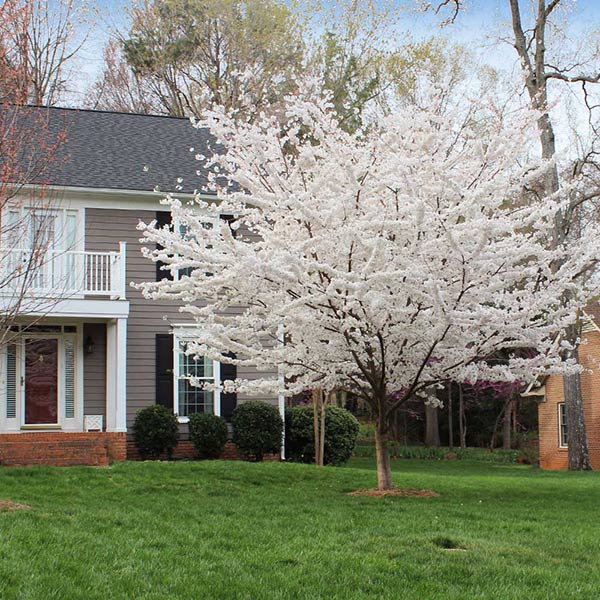
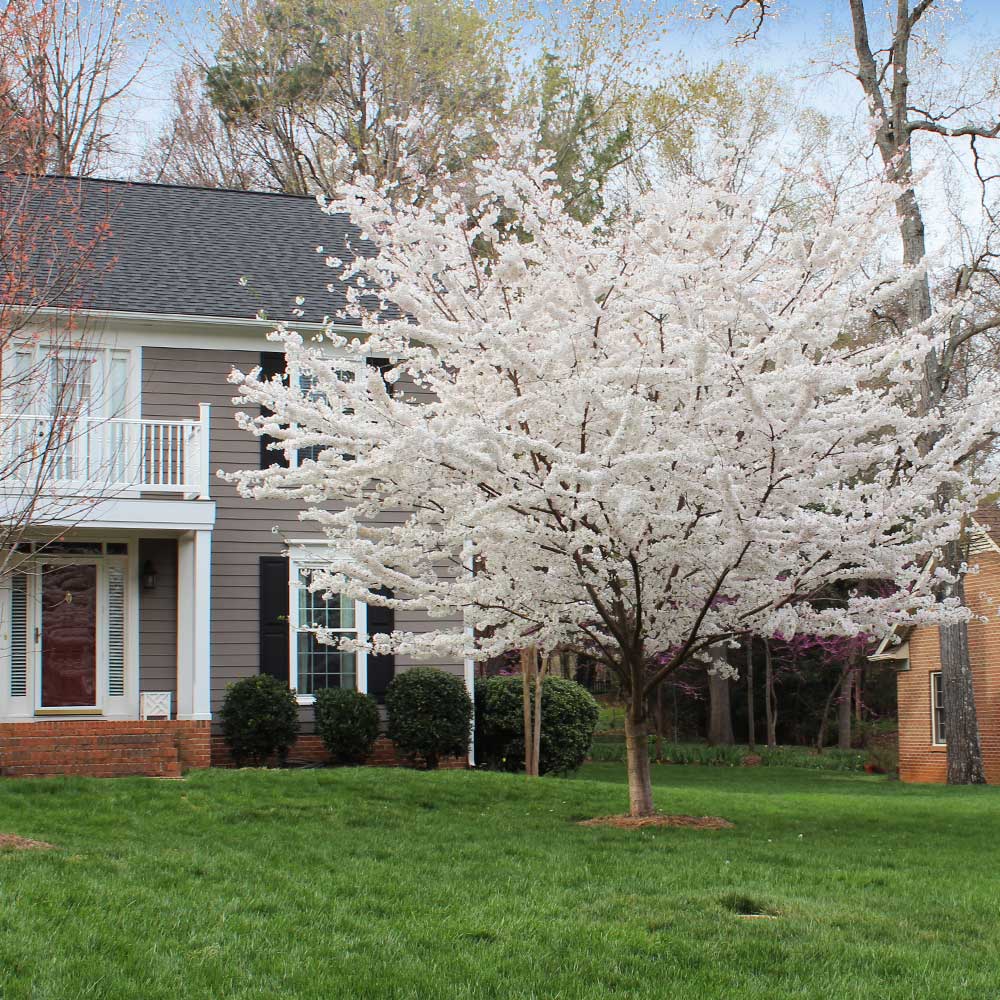
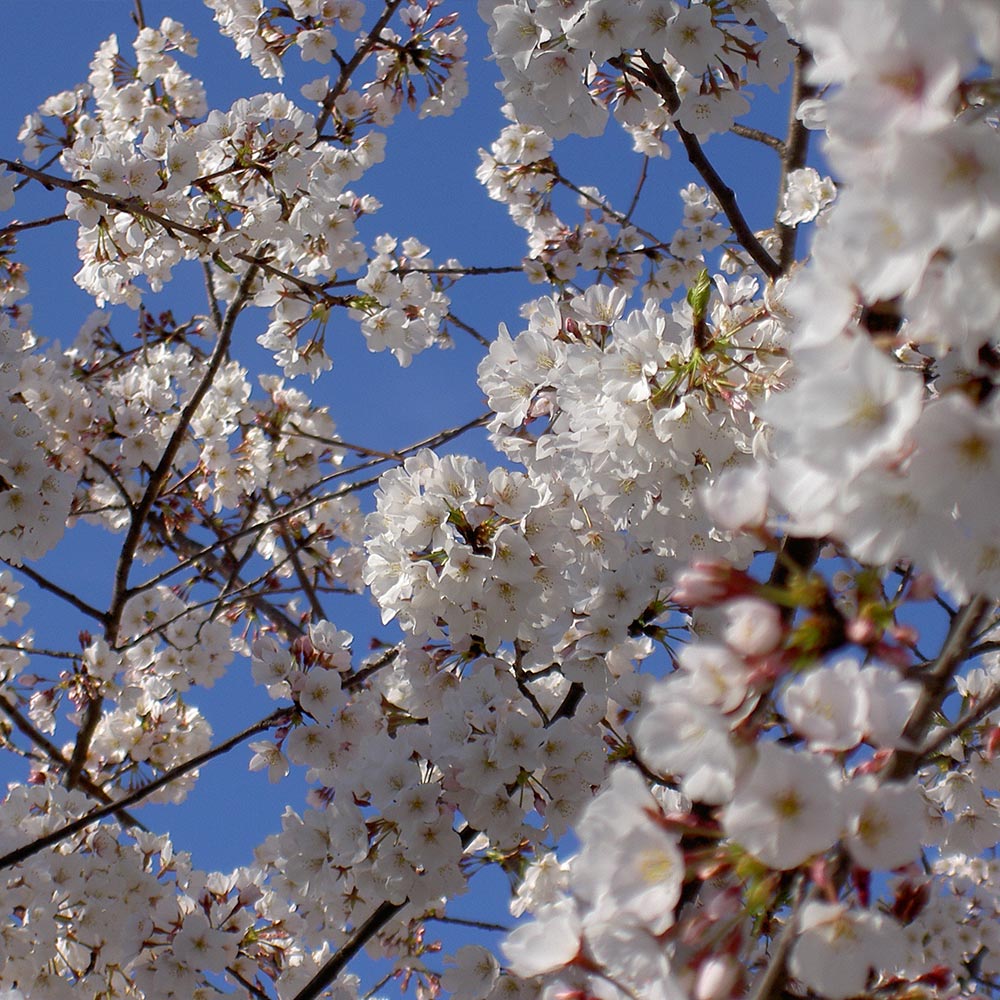
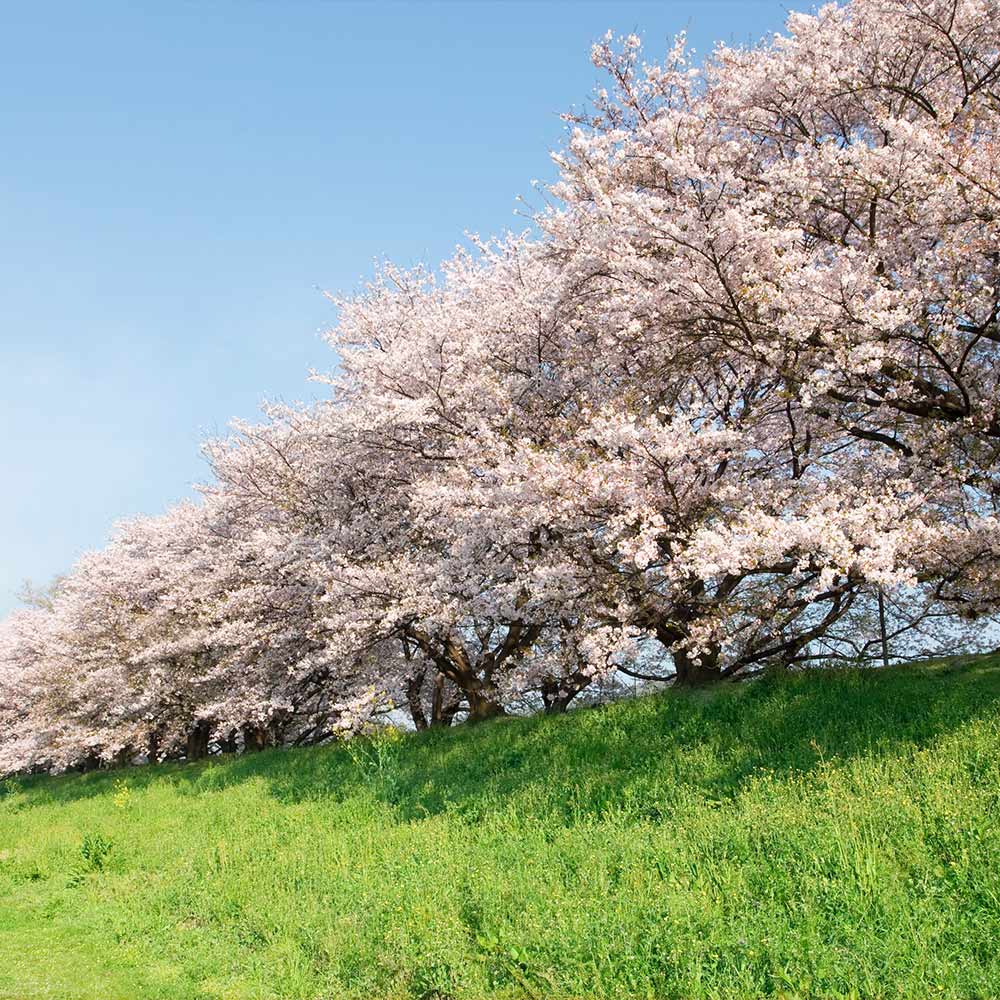
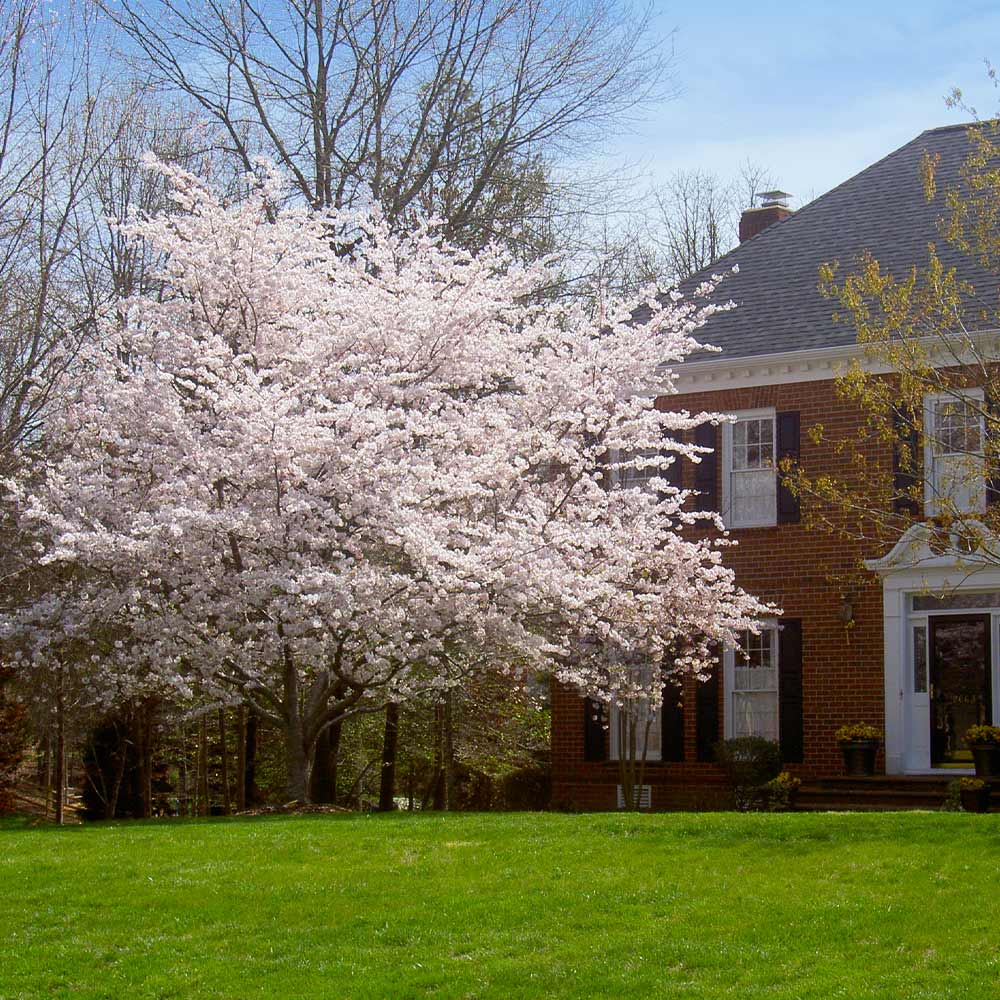

Comment